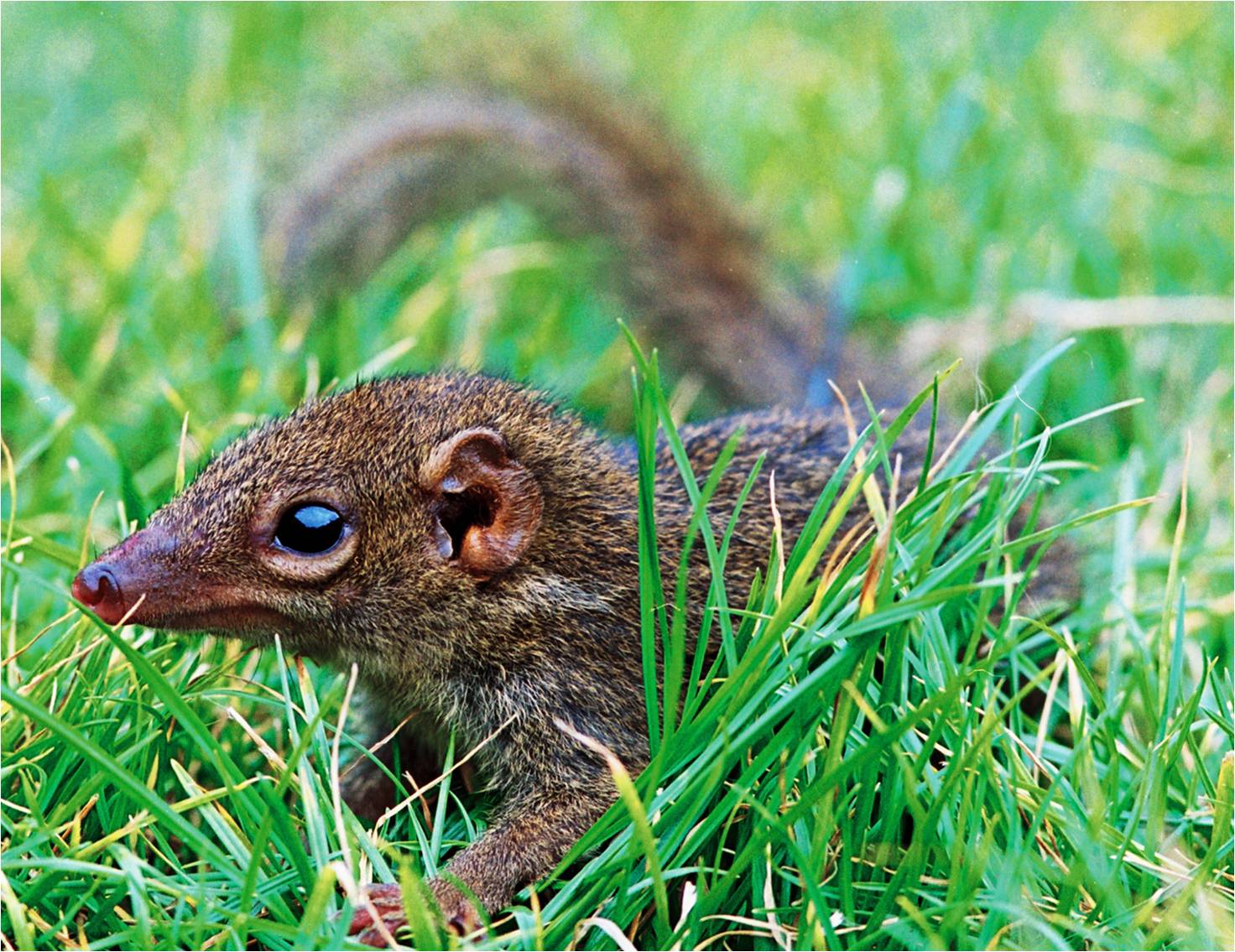The tree shrew (Tupaia belangeri), currently placed in the order Scandentia, has a wide distribution in South Asia, Southeast Asia and Southwest China. For several decades, tree shrew, the closest relative of primates, has attracted increasing attention in modeling human diseases and therapeutic responses. It has been used as a viable animal model alternative to rodents and primates in biomedical researches such as hepatitis virus infection, myopia, social stress and depression.
The Treeshrew Database contains a comprehensive annotation for the Chinese tree shrew reference genomes (KIZ version 1: a high-quality draft genome based on 79 x high-quality Illumina reads [Nat Commun 2013]; KIZ version 2: a chromosomal level genome assembly based on long-read single-molecule sequencing and Hi-C technology; KIZ version 3: a relatively complete and reliable tree shrew genome annotation based on KIZ version 2 by large-scale RNA sequencing and long-read isoform sequencing), gene expression pattern in normal and pathological tissues and cells with or without viral infection, and population genetic analysis of 6 wild tree shrews based on 12.8 M single nucleotide polymorphisms across genome. We also integrated multiple common programs, such as Gbrowse, Blast, Genewise, Muscle in the database to facilitate automatic gene sequence analysis.
It is our hope that the Treeshrew Database will provide more useful help for studying tree shrew biology and modeling human diseases using this rising experimental animal.
